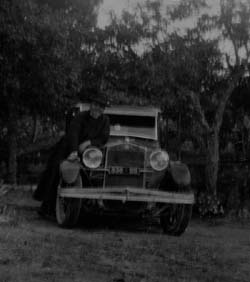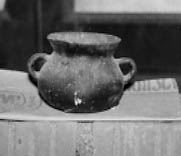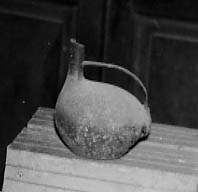| 18 | The Satta-Bacciu Story |
Father
"Babbai" Demelas


A potrait of Babbai and with his car, one of the very first in all of Sardinia
The
other formidable character was Giovan Battista Demelas, the son of
Anastasia Bacciu, who was ordained a priest in 19.. . Apparently, however,
he did not take the vows of poverty, as he was a very wealthy man, who
lived well and utilised his resourses to further his studies in archeology.
He rode motor-cycles and was one of the first to own an automobile in
Sardinia and thereafter frequently changed model. He was affable, cultured
and talented in music.
"Babbai", as he was affectionately known to his relatives, travelled widely, never missing his annual holiday at the thermal baths of Montecatini. He played an important role in helping Giacobba rear her children after the premature death of her husband.
His other
passion was archeology and he undertook extensive diggings at many Nuragic
sites, seeking to understand the origins of the Sardinian people. He
achieved considerable success in this work and produced numerous
publications, eight books on theological themes and at least ten on
tourist itineries and archeology. He had a lovely, easily readable style,
showing a profound cultural knowledge and a deep human understanding. In
fact his works could well be reprinted today, as they are still current
and extremely interesting.

His
private collection of ancient artifacts built up enormously and included
some priceless specimens, that were contended by the national museums. At
his death in 19.. , Babbai bequeathed a vast cultural patrimony, including
his entire collection of artifacts. Conscious of its important scientific
value, his heirs donated it all to the local parrish church, together with
a financial grant, to set up a museum in his honour. As the years passed,
however, with nothing happening, they revoked the donation and made a new
one to the local Town Hall. Alas, the monster of Italian Bureaucracy
struck again, demolishing all good civic intentions and again nothing was
done; only this time worse, as the collection mysteriously dissipated.


One
of the most important pieces, a Nuragic bronze anfora, being on temporary
loan to the Sassari Museum, was fortunately saved and can be viewed there
today.
Return to Menu of Camillo Story
l-camillo.com
Copyright L. Camillo 2010